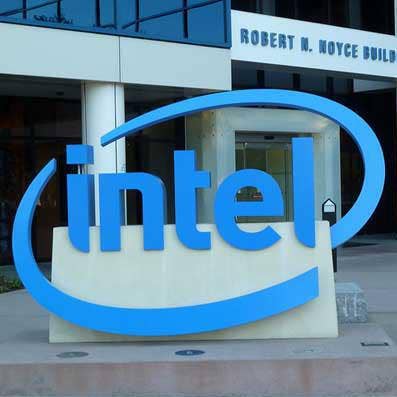Intel Deal To Sell NAND Memory Biz To SK Hynix Reportedly Imminent
In its most recent quarter, Intel’s Nonvolatile Solutions Group, which includes the chipmaker’s SSD products and Intel Optane memory modules, grew 76 percent to $1.7 billion.

Intel is reportedly close to reaching a deal to sell its NAND memory business for roughly $10 billion to South Korean chipmaker SK Hynix, and it could be announced as soon as Monday.
The Wall Street Journal reported that the announcement of a deal could be imminent, citing sources familiar with the proceedings, though it noted that things could easily unravel. Reuters reported that the deal would include Intel’s SSD business and its factory in Dalian, China, that produces 3D NAND products. The 3D XPoint technology underlying Intel’s Optane products is not part of the deal, according to the news agency.
[Related: The Rumored $30B AMD-Xilinx Acquisition: 5 Big Things To Know]
Intel declined to comment. SK Hynix did not respond to a request for comment.
In the second quarter, Intel reported that its Non-Volatile Solutions Group, NAND-based SSD products and 3D XPoint-based Intel Optane memory modules, grew 76 percent to $1.7 billion, an all-time high for the business unit. And while the business wasn’t profitable last year — with an operating loss of $600 million in the 2019 fiscal year — Intel has since turned things around this year, reporting a $300 million operating profit in the second quarter.
However, the company has been exploring whether to get out of the NAND memory business for some time, according to WSJ. And the company has publicly admitted that the return on investment for NAND memory hasn’t been meeting expectations.
At a Morgan Stanley Analyst Conference in March, Intel CFO George Davis called NAND memory one of the company’s “big bets” that will give the chipmaker not just “differentiated technology” but a “a product that will play a bigger part in our customer success.
But, Davis said, while NAND memory has been able to return to profitability after a difficult 2019, it hasn’t been at the level the company would like to see.
“NAND in the data center is just becoming a more and more important element, but we haven‘t been able to generate the profits out of that to get the returns we would like to see,” he said.
One of the ways Intel could improve profitability, he said, is through partnerships, which would likely mean the company would outsource at least some NAND manufacturing to external foundries. It’s something that company has previously said it was exploring, with Intel CEO Bob Swan saying in April 2019 that it was making evaluations to bring down costs.
In May, Laura Crone, vice president of sales for Intel’s Non-Volatile Memory Solutions Group, told CRN that channel partners have played a key role in driving growth for the company’s memory and storage products, both in the data center and for PCs.
On the data center side, virtualized desktop infrastructure and virtualized storage solutions have driven demand for Intel’s storage and memory products.
"We're spending more time helping people understand how Optane can help their data center infrastructure or on the client side where Optane can help accelerate and improve their infrastructure," she said. "So from a partner perspective, I think that the opportunity is all around this exploding data, and the need for memory and storage is greater than it's ever been."
In January, Intel data center executive Lisa Spelman told CRN that the company has done more than 200 proofs of concept for Intel Optane Persistent Memory for data center workloads ranging from in-memory databases to virtualization, and many of those end up turning into commercial deployments.
“One of the things that we're just getting into now is the conversion rate, so we're getting high 80 [percent to] 90-plus percent conversion of proof of concept into deployment, which is insane,” she said in an interview.
An executive at a solution provider company that partners with Intel said the decision is not surprising, given that Intel is far from being the biggest player in the SSD market. According to storage news site Blocks + Files, Intel’s NAND flash revenue was 11 percent of the total market in the second quarter, putting it behind SK Hynix, Micron, Western Digital, Toshiba and Samsung.
“It‘s a judgment call that takes advantage of the opportunity to get a fair multiple [on the overall value of the business for a return on investment] because they made money,” the executive said. “And it’s a business segment they cannot dominate. This goes into, if you’re Intel, do you want to be in a business segment you cannot dominate? Historically, the answer is no.”
Intel stock traded up nearly 1.74 percent on Monday, rising to $55.10.